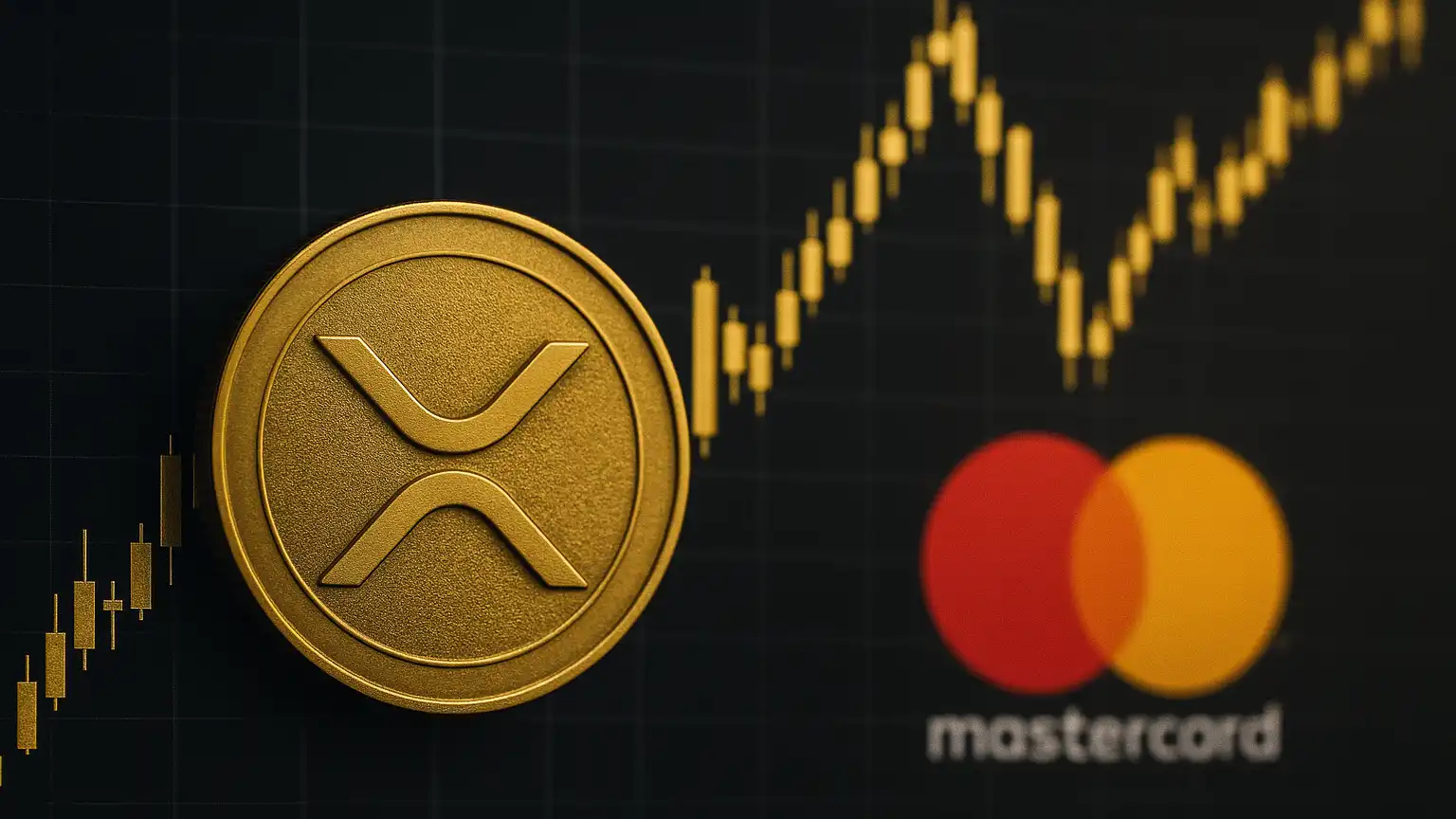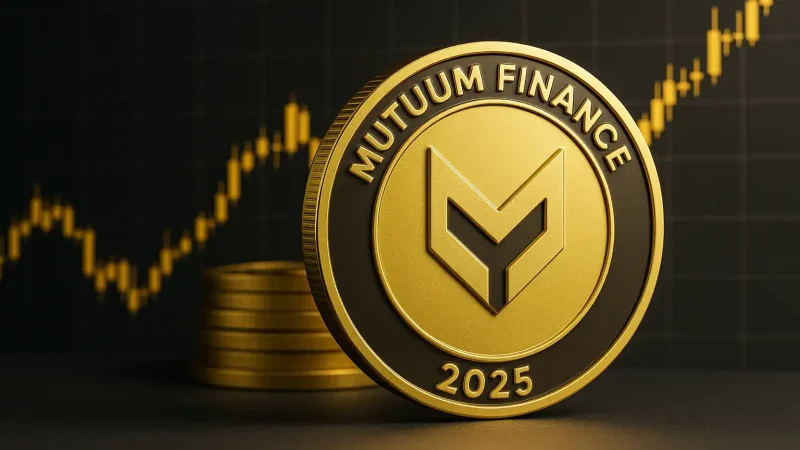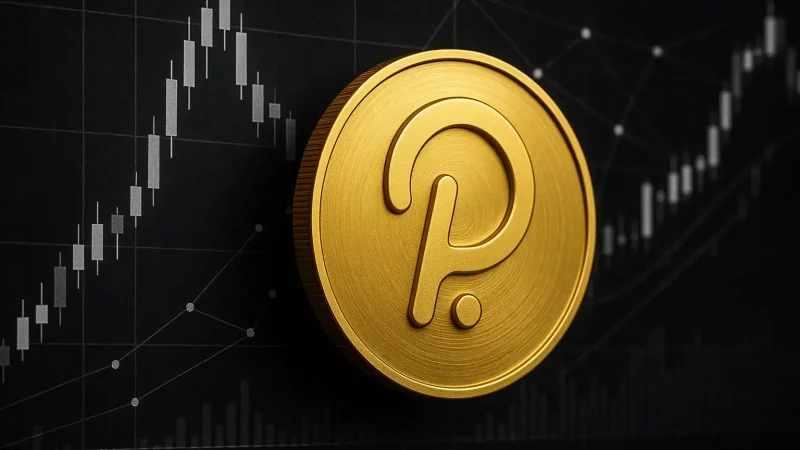In a bold move that’s reigniting interest in XRP, Ripple’s recent $500 million funding round and a newly announced partnership with Mastercard are helping shift the conversation about the cryptocurrency from market fluctuations to long-term utility. At the center of this renewed narrative is Steven McClurg, CEO of Canary Capital, who is challenging common comparisons between XRP and major assets like Bitcoin or Ethereum. Instead, he argues, XRP should be seen through a very different lens: not as a speculative asset, but as a practical financial technology aimed at real-world payment challenges.
XRP as a Global Settlement Network for the Working Class
In a recent interview on Crypto Prime, McClurg emphasized that the XRP Ledger was never designed to become “digital gold” or a store of value like Bitcoin. Rather, it was built as a high-speed, low-cost payment rail, optimized for everyday financial operations—particularly international remittances. He compared it to a modernized version of legacy systems like SWIFT or Western Union, but accessible through blockchain infrastructure.
McClurg highlighted a pain point familiar to millions around the globe: the high fees associated with sending money across borders. Workers in developed countries often send chunks of their income back to families in developing regions, only to lose 8% or more in transfer fees—what he calls a “hidden tax on the underbanked.” McClurg believes the XRP Ledger, with its low transaction costs and near-instant settlement times, could meaningfully disrupt this sector.
Ripple’s Strategic Funding and Mastercard Deal: What They Signal
Beyond McClurg’s philosophical framing, XRP is also benefiting from a tangible credibility boost. Ripple’s $500 million funding round is one of the largest capital injections into a blockchain firm outside of an IPO, signaling deep investor confidence in its mission. The newly announced collaboration with Mastercard adds further weight. While details remain limited, such a partnership suggests serious steps toward institutional integration—not just with other crypto assets, but within mainstream financial systems.
This one-two punch—massive capital infusion and access to Mastercard’s global infrastructure—makes a strong case for XRP as a bridge asset in traditional finance. And it comes at a time when regulatory clarity in the U.S. remains elusive for most tokens. The timing hasn’t gone unnoticed. Proponents argue that Ripple’s aggressive business moves could position XRP to outpace more hyped rivals in actual implementation.
Challenging the Decentralization Dogma
A major point of debate lies in the philosophical differences between crypto purists and real-world utility seekers. Skeptics continue to question Ripple’s large holdings of XRP—claiming centralized token control undermines the very ethos of blockchain. However, McClurg offered a contrarian take: complete decentralization, while idealistic, isn’t always practical or safe for the average user.
He used Bitcoin wallets as an example: losing a private key means losing access forever—an unforgiving reality for lower-income users relying on crypto for remittance. According to McClurg, many working-class families need systems that blend efficiency with accessibility—including password recovery and customer service. XRP, by design, prioritizes reliability and usability over ideology.
The Stablecoin Frontier and XRP’s RLUSD
Of course, any conversation around modern payments must address the rise of stablecoins. Assets like USDC and USDT already serve a practical role in peer-to-peer payments and trading. McClurg acknowledged their momentum, but pointed out systematic limitations—mainly network congestion and fees on major blockchains like Ethereum.
Ripple’s launch of RLUSD, a stablecoin on the XRP Ledger, is a strategic response to this challenge. Designed to move faster and more cheaply, RLUSD aims to improve upon existing stablecoin models while leveraging Ripple’s compliance-ready architecture. Though still in its infancy, the project hints at Ripple’s broader ambitions to control not just the rails, but the cargo: value represented by stable tokens.
A Moment of Reframing for XRP
Whether XRP is ready to shed its speculative skin remains to be seen, but recent developments indicate an intentional reframing of the project—from altcoin to alternative infrastructure. As regulations tighten worldwide and blockchain technology inches closer to traditional finance, platforms that focus less on ideology and more on utility may find themselves best positioned. McClurg’s message is clear: XRP isn’t Bitcoin, and it doesn’t want to be. It’s aiming for something different, perhaps even more ambitious—reinventing the global flow of money for those who need it most.





